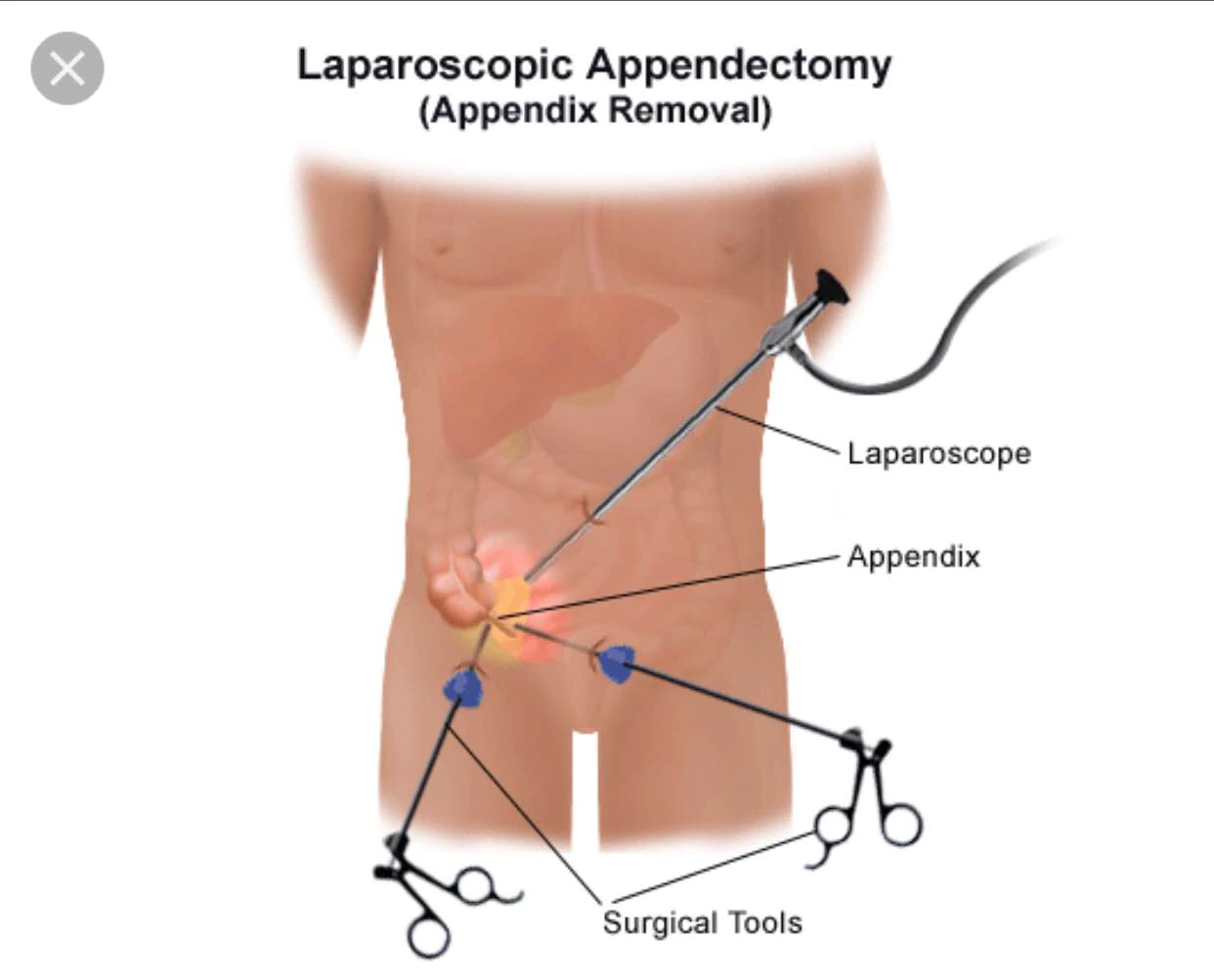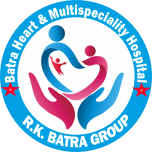Laparoscopic Cholecystectomy
Laparoscopic cholecystectomy is a surgical procedure to remove the gallbladder using minimally invasive techniques. Here’s some patient information about laparoscopic cholecystectomy
Indications:
Laparoscopic cholecystectomy is typically performed to treat gallbladder-related conditions such as gallstones, inflammation of the gallbladder (cholecystitis), or other gallbladder issues that are causing pain, discomfort, or complications.
Preparation:
Before the procedure, you may need to undergo certain tests to assess your overall health and to confirm the presence of gallbladder problems. Your healthcare provider will provide specific instructions on how to prepare, which may include fasting before the surgery and adjusting any medications you are taking.
Procedure:
Laparoscopic cholecystectomy is usually performed under general anesthesia, which means you will be asleep and pain-free during the surgery. The surgeon will make several small incisions in your abdomen and insert a laparoscope, a thin tube with a camera and light, as well as specialized surgical instruments. Using the images from the laparoscope as a guide, the surgeon will carefully remove the gallbladder without the need for a large incision.
Recovery:
After the procedure, you will spend some time in a recovery area where your vital signs will be monitored as the effects of the anesthesia wear off. Most patients can go home the same day as the surgery, but sometimes an overnight hospital stay may be necessary. Recovery time varies, but most people can resume light activities within a week and return to normal activities within a few weeks.
Postoperative care:
Your healthcare provider will give you specific instructions for postoperative care, including wound care, pain management, dietary guidelines, activity restrictions, and follow-up appointments. It’s important to follow these instructions carefully to facilitate proper healing and recovery.
Risks and complications: Like any surgery, laparoscopic cholecystectomy carries certain risks, such as infection, bleeding, damage to surrounding organs, and potential adverse reactions to anesthesia. Your healthcare provider will discuss these risks with you and address any concerns you may have.
Benefits:
Laparoscopic cholecystectomy offers several advantages compared to traditional open gallbladder surgery, including smaller incisions, less pain, shorter hospital stays, faster recovery, and reduced risk of complications. It may also lead to improved cosmetic outcomes with smaller scars.
Alternatives:
Depending on your specific situation, your healthcare provider may discuss alternative treatment options with you, such as medications to dissolve gallstones or non-surgical management of gallbladder issues. However, in most cases, surgery is the recommended treatment for conditions that affect the gallbladder.
Follow-up:
It’s essential to attend all scheduled follow-up appointments with your healthcare provider to monitor your recovery, address any concerns or complications, and ensure the best possible outcome.
Laparoscopic cholecystectomy is a commonly performed and effective treatment for gallbladder conditions. If you have been recommended for this procedure, it’s important to discuss any questions or concerns with your healthcare provider to make informed decisions about your care.

